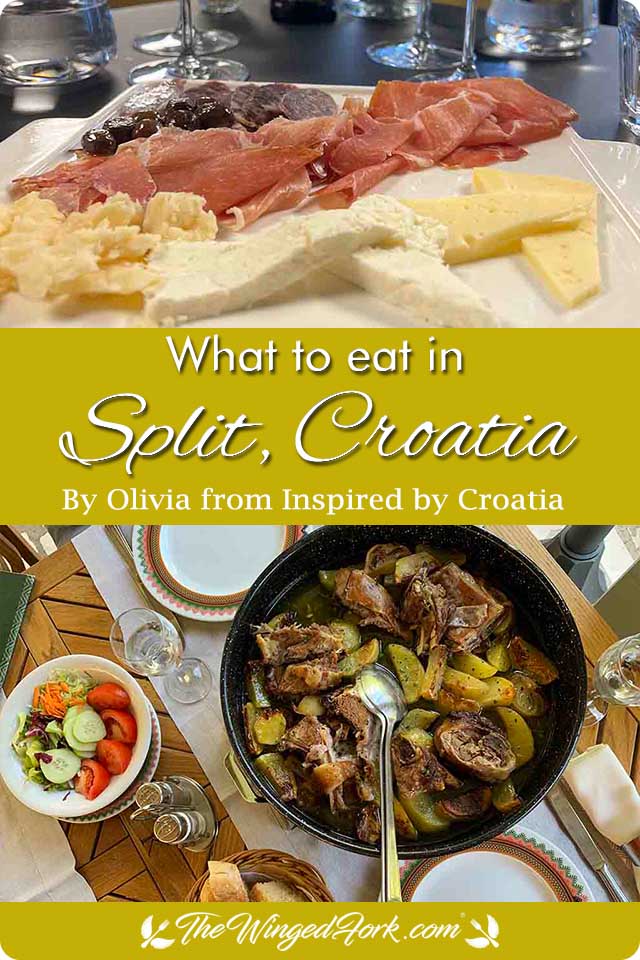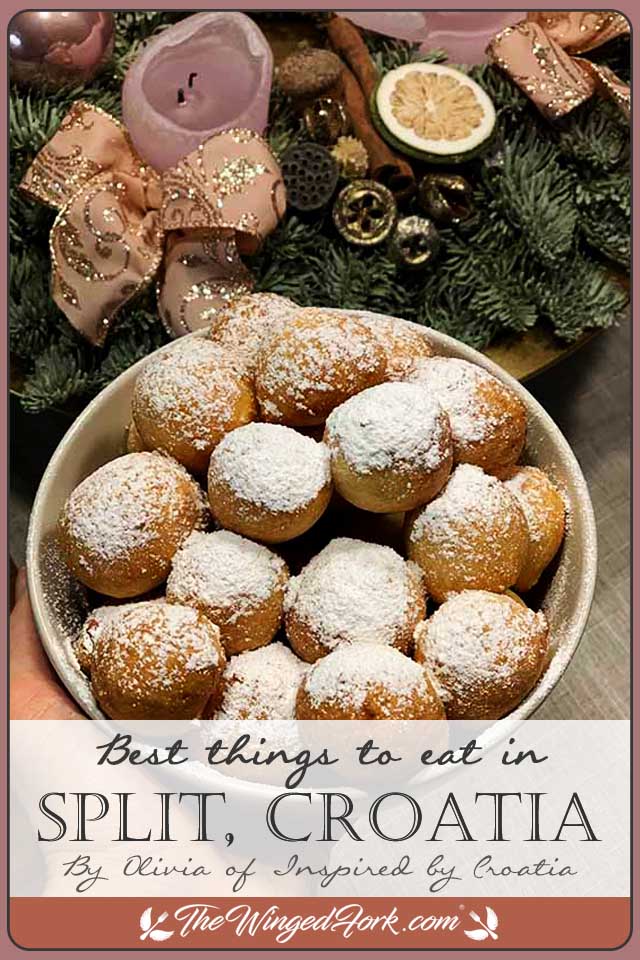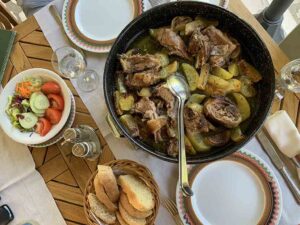Picture this: cobblestone streets winding through ancient Roman ruins, colorful markets brimming with colorful produce, and a gorgeous waterfront promenade lined with inviting cafes and restaurants. From the jaw-dropping Romanesque architecture to breathtaking seaside views, Split is a feast for the senses, and its vibrant food scene is no exception.
Not only does Split make a great base for exploring Croatia’s stunning coast and islands, this city also offers a chance to taste some of the most delectable cuisine in the country.
When visiting Split, Croatia, you’ll find a delightful culinary scene that combines traditional Dalmatian flavors with Mediterranean influences. Here are seven dishes you should try in Split and why they are worth experiencing in this vibrant city.
1. Pasticada
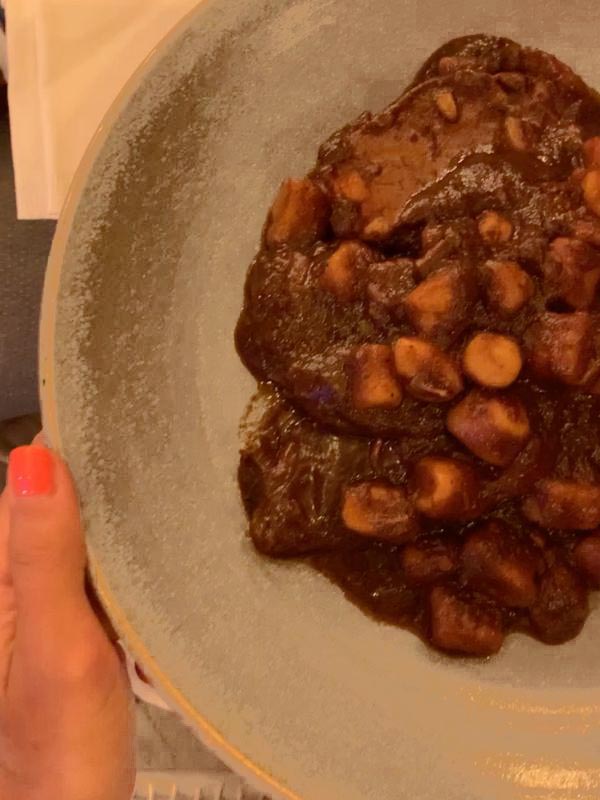
For an authentic taste of Dalmatian cuisine, try Pasticada. This dish features slow-cooked beef in a sauce made with onions, nutmeg, prunes, and prošek – a sweet dessert wine made with Croatian grape varieties.
The preparation is time-consuming, but is necessary to enhance the dish’s flavors. Pasticada is typically served with gnocchi, and homemade gnocchi are especially delicious.
The exact origins of pasticada are unclear, but the oldest known recipe dates back to the fifteenth century and was recorded in Dubrovnik. Regardless, this hearty and flavorful dish represents the region’s rich gastronomic heritage and should not be missed when visiting Split.
2. Black Risotto
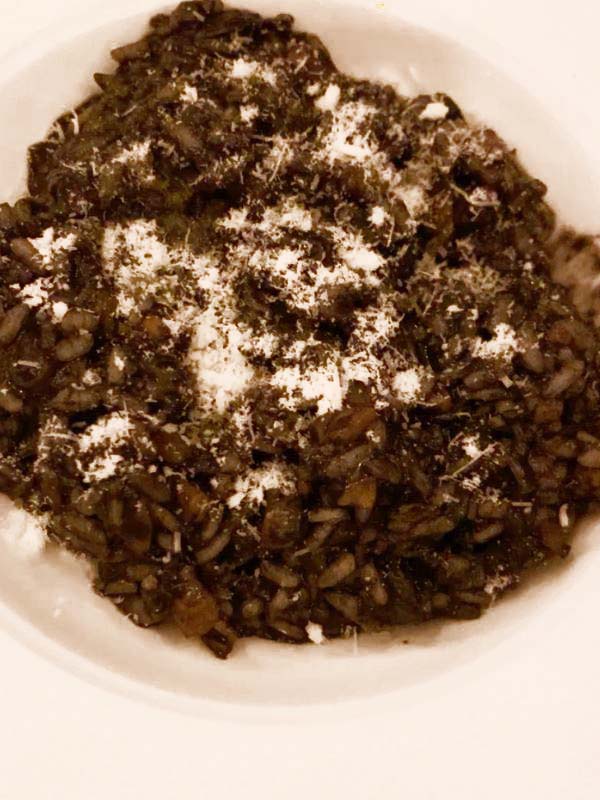
Also known as Crni rižot in the Croatian language, black risotto is a seafood delicacy available at nearly every restaurant in Split.
This intriguing dish gets its black color from squid or cuttlefish ink, which also infuses it with its signature briny flavor.
Other seafood, such as mussels and clams, are also commonly added to the dish. The dish’s history is relatively unkown, but it is thought to have been created when Croatia was ruled by Venice. As a result, it first became popular in Veneto and then spread throughout the Mediterranean.
3. Octopus Salad
Split’s coastal location means an abundance of fresh seafood, including octopus. Octopus salad is a refreshing dish that combines octopus with olive oil, lemon juice, garlic, and parsley.
The combination of flavors, along with the tender texture of the octopus, showcases Split’s connection to the Adriatic Sea. You can order an octopus salad as an appetizer before enjoying a Mediterranean meal or have it as a light lunch option.
4. Soparnik
Soparnik is a traditional Croatian snack that originates from the region around Split. It is a savory pie made with layers of dough filled with Swiss chard, garlic, parsley, and olive oil. Soparnik is usually baked in an open fireplace, which adds to its unique, rustic flavor.
5. Dalmatian Prosciutto
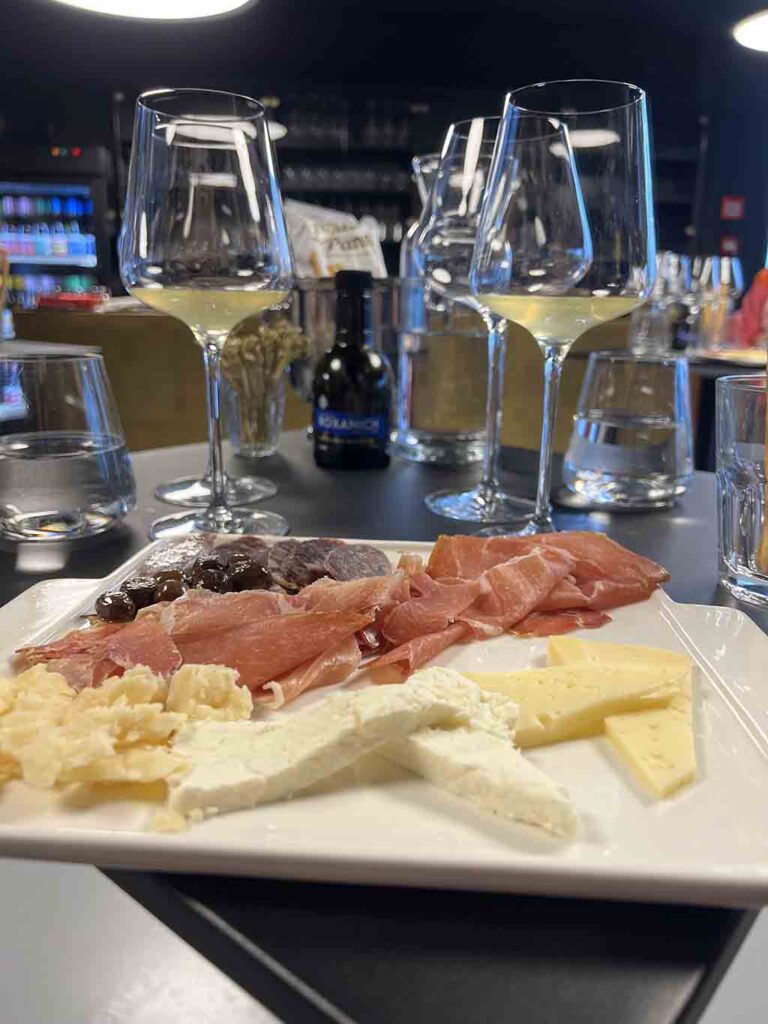
Prosciutto is a much-loved ingredient in Croatian cuisine. It is a salty, dry-cured ham that is usually served as a starter dish and is widely popular in Split and all over the country.
Typically, prosciutto is served on a platter along with different local cheeses, olives, small stuffed peppers, and pickles. Although this dish is popular as an appetizer, it can also be had as a light snack in between sightseeing and visiting the best beaches in Split.
6. Fritule

Fritule are small, fried doughnut-like pastries that are popular during festive seasons in Croatia. They are often served with powdered sugar and can contain raisins, lemon zest, and a touch of brandy.
In Split, fritule can be found in many local bakeries, or if you’re visiting during Christmastime, at the many pop-up kiosks throughout the city.
7. Peka
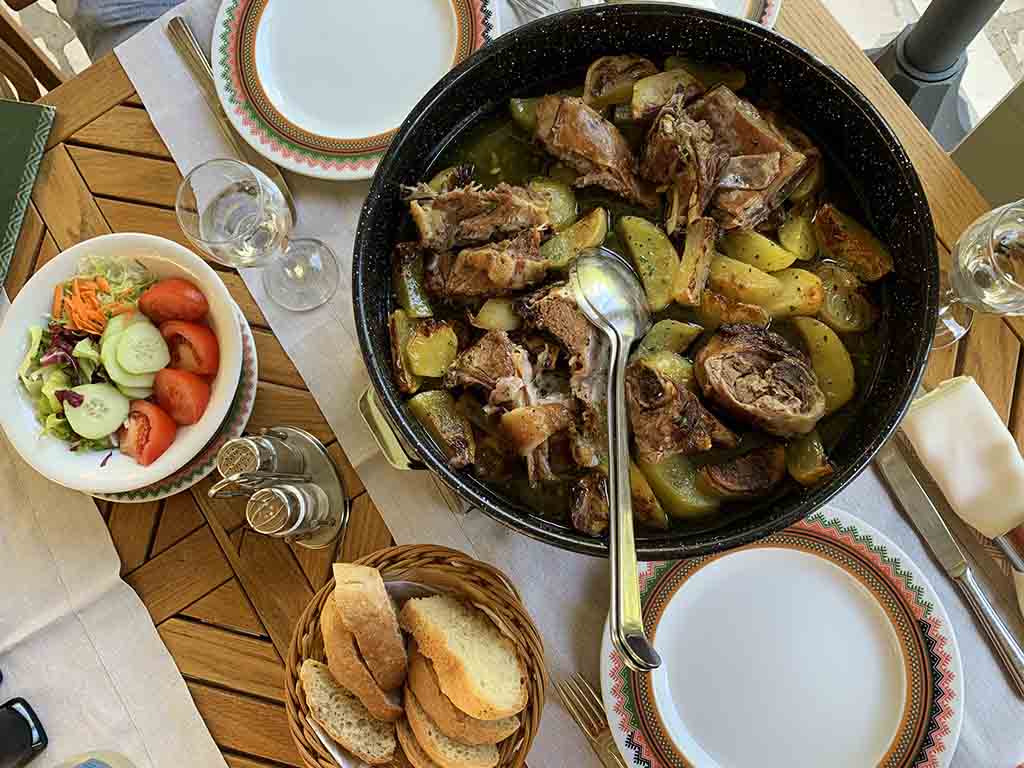
Last but not least, Peka is an absolute must-try dish when visiting Croatia! While this dish is famous all throughout the country, sampling it in Split will give you the opportunity to try the seafood version made with octopus.
Peka is a traditional Croatian cooking method that involves slow-cooking meat and vegetables in a bell-shaped lid covered with hot coals. Peka is both the name of the dish, and the iron vessel it is used to cook in.
Split offers numerous restaurants where you can sample a delicious Peka, which is typically made with lamb, veal, chicken, or octopus, along with potatoes and bell peppers.
If you want to try this dish, do know that because of the long cooking time (over three hours), you will likely need to put in an order at a restaurant the day before you plan to enjoy it.
Final Thoughts
When it comes to local specialties, Split boasts a diverse range of dishes that reflect the city’s unique heritage. From hearty meat dishes like Pasticada to the rustic charm of Soparnik, each bite tells a story of the region’s rich culinary history. By trying these seven dishes in Split, you’ll immerse yourself in the authentic flavors of the coast, highlighting the local ingredients, culinary traditions, and the city’s deep connection to the sea.
Bio

Olivia is an American with Croatian roots who moved to Zagreb in 2014 for a study abroad program and never looked back. She has been living in Croatia ever since and enjoys helping other people plan epic vacations to the country she now calls home. She created the blog, Inspired by Croatia, to share itineraries, local tips and exclusive insights for discovering Croatia off the beaten path. You can follow her on Instagram and Pinterest.
Other Posts You Might Like
- What to eat in Valencia, Spain
- Off the beaten path in Goa
- Best ice creams in different countries
- What to eat in Vienna
- Must-visit international cafes
